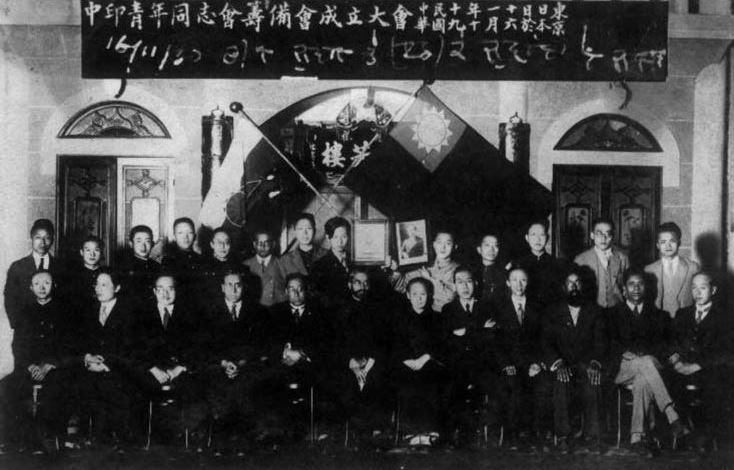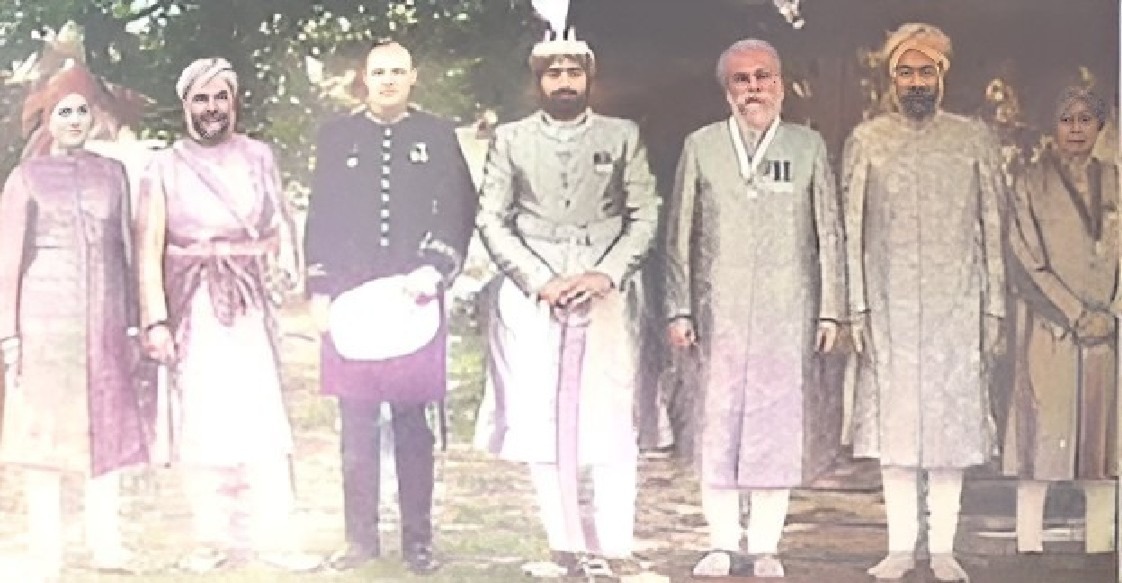
Raja Mahendra Pratap Sahib (1886–1979) was a visionary freedom fighter, social reformer, and educationist who left an indelible mark on India’s history. Born into the royal family of Hathras, Uttar Pradesh, he chose to dedicate his life to the service of the nation and its people.
A staunch nationalist, he is remembered for his unyielding commitment to India’s independence. In 1915, he established the first Provisional Government of India in Kabul, Afghanistan, with himself as the President. This bold move aimed to unite global efforts to free India from British rule.

Raja Mahendra Pratap was not only a freedom fighter but also a strong advocate of education and social reform. He championed the cause of universal education and founded the Prem Mahavidyalaya in Vrindavan, the first polytechnic institute in India. Through this, he sought to empower individuals with knowledge and skills to lead productive lives.
Throughout his life, he believed in secularism and unity, striving to build bridges between communities. His progressive views on equality, justice, and internationalism remain a source of inspiration.

Raja Mahendra Pratap’s legacy is a testament to his courage, vision, and dedication to the ideals of freedom, education, and social harmony. The foundation bearing his name aspires to uphold and propagate these values for future generations.
Global dissemination of
‘Vasudhaiva Kutumbakam’
A seminal idea floated by Mahendra Pratap in the international arena was the establishment of a World Federation Centre (WFC) in Tokyo in 1929 while he was in exile in Berlin. In his writings, speeches and meetings with world leaders, he underlined the need for international cooperation in dealing with common global challenges.
Mahendra Pratap’s Indo-Turco-German endeavour to liberate India from the British and his vision on the concept of Vasudhaiva Kutumbakam under the umbrella of the WFC found resonance. A Swedish national named N.A. Nilsson nominated Mahendra Pratap for the Nobel Peace Prize in 1932.
Education
In 1906 Mahendra Pratap joined the Kolkata Congress led by Naoroji. On May 24, 1909, when he was barely 23, he founded the Prem Maha Vidyalaya in Vrindavan, where vocational training was built into the curriculum. He donated revenue from five surrounding villages such that that the college could be supported by Rs 33,000 of income per annum from those villages.
The institution became a centre for meetings between many leaders, including Gandhi and Nehru, where they strategised their initiatives during the freedom movement.
Mahendra Pratap understood the value of scientific temper and a sense of equality and mutual respect among the country’s youth in effectively shouldering the responsibility of governing and managing the future India.
An anecdote in his autobiography reveals the importance he accorded to the empowerment of marginalised communities in the country. Mahendra Pratap was once visiting Dwarka and decided to visit a temple there, where the priests asked him his caste.
He told the priests he was a sweeper – a low caste in the Indian social hierarchy. The priests stopped him from entering the temple premises.
Later, when the chief manager of the temple mentioned his visiting the temple, he refused to go, saying he ‘did not care to visit it when it was guarded by people who had no regard for humanity’.

